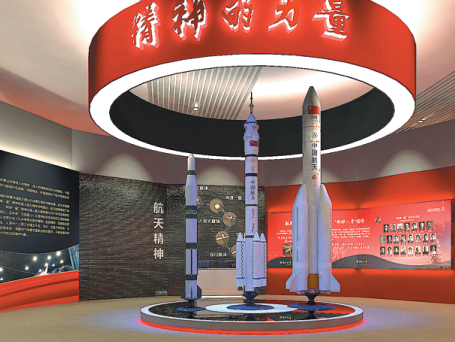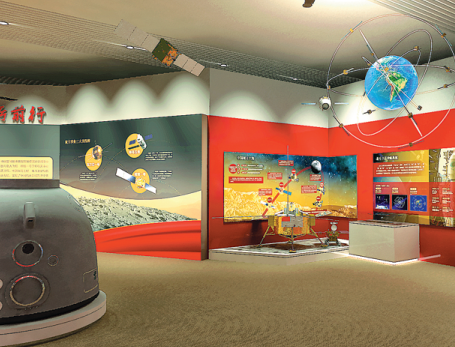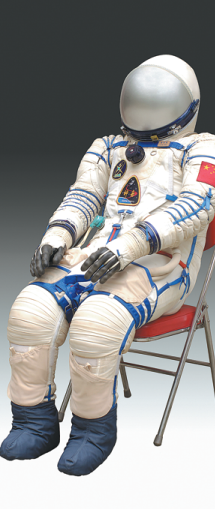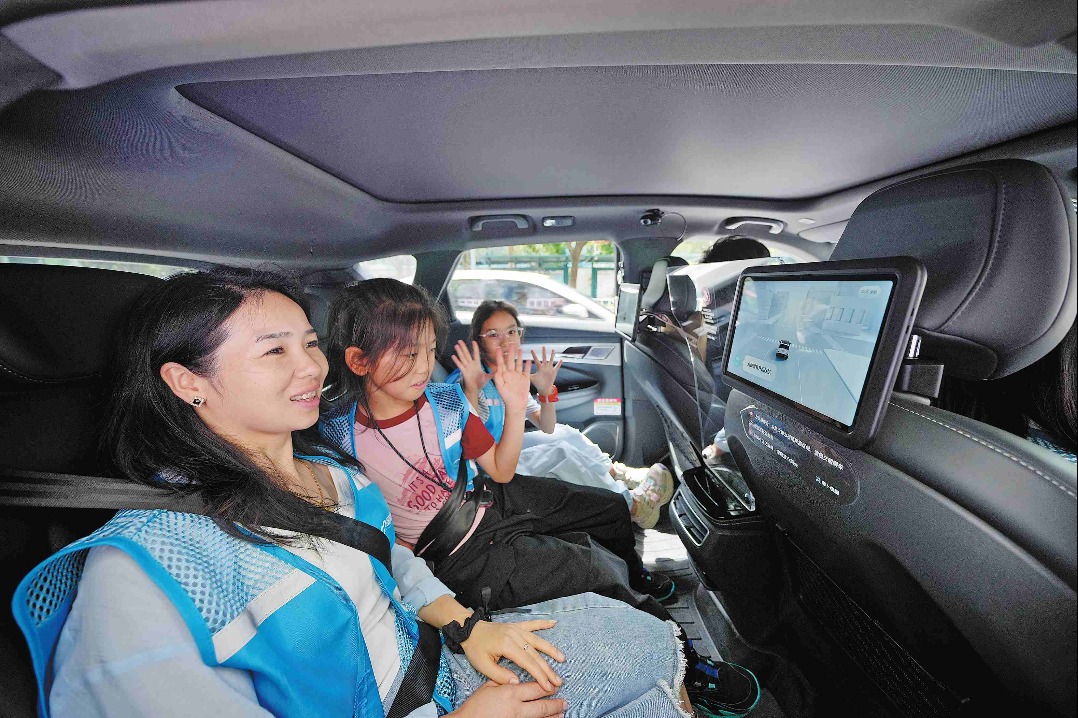Beijing museum launches outer space into cyberspace

A temporary shutdown of museums in China due to the coronavirus pandemic has interrupted the public viewing of cultural relics. But the situation has also prompted museums to make full use of digital platforms and mobile apps to get people's attention.
The National Museum of China, for instance, has taken a variety of measures on its website and WeChat account, including creating virtual tours for its current and permanent exhibitions, uploading audio of previous educational courses and providing more social media posts to detail the star items in its collection.
The institution in Beijing's central area has gone a further step by mounting an exhibition entirely online with the help of advanced technology such as 3D modeling and 5G.
The exhibition, titled Dongfanghong Forever, charts the progress China has made in aerospace over half a century. The show opened on April 24, which is marked as the country's Space Day, when the satellite Dongfanghong 1 was launched in 1970.
The success of Dongfanghong 1 entering its present orbit not only registered the country's first steps in exploring outer space but the event also made China the fifth country in the world to develop a satellite on its own and put it in space.
The online exhibition is expected to run for a long time, and people can visit it on the museum's website at any time. It is the first such virtual show the museum has staged.
In a 5G live broadcast of the exhibition's opening, Wang Chunfa, the museum's director, said when Dongfanghong 1 was launched from the Jiuquan Satellite Launch Center in Northwest China's Gansu province 50 years ago, scientists involved in the mission were less well-equipped compared to the country's space missions today.
"I was then a primary school student. I learned from the radio broadcast that this satellite orbited Earth in 114 minutes per orbit," Wang says. "I still remember the excitement… and the pride of being a Chinese."
Wang says since then several generations of Chinese have created more glories, including the launches of manned spaceships and a probe to the dark side of the moon, and the ongoing exhibition pays tribute to their spirit for going through hardships.
The exhibition shows some 50 objects mostly in the collections of the National Museum and the China Academy of Space Technology, including manuscripts, historical documents, photos, stamps and spacesuits, as well as rockets and satellites in the form of 3D modeling.
The real versions of some exhibits are on display at one of the National Museum's permanent exhibitions, The Road to Rejuvenation: New Era.
Established in 1968, the China Academy of Space Technology is the main spacecraft designer and manufacturer in the country.
Pang Zhihao, a researcher at the academy, who gave a guided tour at the current exhibition's opening, says it reviews "three critical moments in the country's space exploration-the development of Dongfanghong 1, the liftoff of China's first manned spacecraft, Shenzhou V, in 2003 and the landing of the Chang'e 4 lunar probe in 2019". The show has also provoked public interest in a future Mars probe.
On April 24, the China National Space Administration said the country's first Mars mission, named Tianwen 1, would take place in the months to come.
The exhibition gives a view of Dongfanghong 1 orbiting in the form of digital simulation. Viewers can also watch television interviews of scientists involved in the mission and documentary footage filmed in 1970, as well as hear Dongfanghong (The East is Red), a song popular in China hailing Mao Zedong, played by the satellite.
Technicians designed a musical device, which is also featured at the exhibition, to play the song's first eight bars, and it was decoded through the ground station, before being sent to China National Radio for broadcast, according to Pang.
Today, Dongfanghong 1 still travels in orbit.
Zhang Hongtai, president of the China Academy of Space Technology, says hopefully, the exhibition will motivate more people to engage in the country's ambitious course of space exploration.



Today's Top News
- Monetary policy likely to stay accommodative in H2
- World Heritage sites bear new fruit
- Xi stresses key role of public opinion
- Beijing plugs safety gaps amid rain alert
- War-themed movies teach important lessons
- Xi urges studying, absorbing netizens' opinions in formulating 15th Five-Year Plan






























